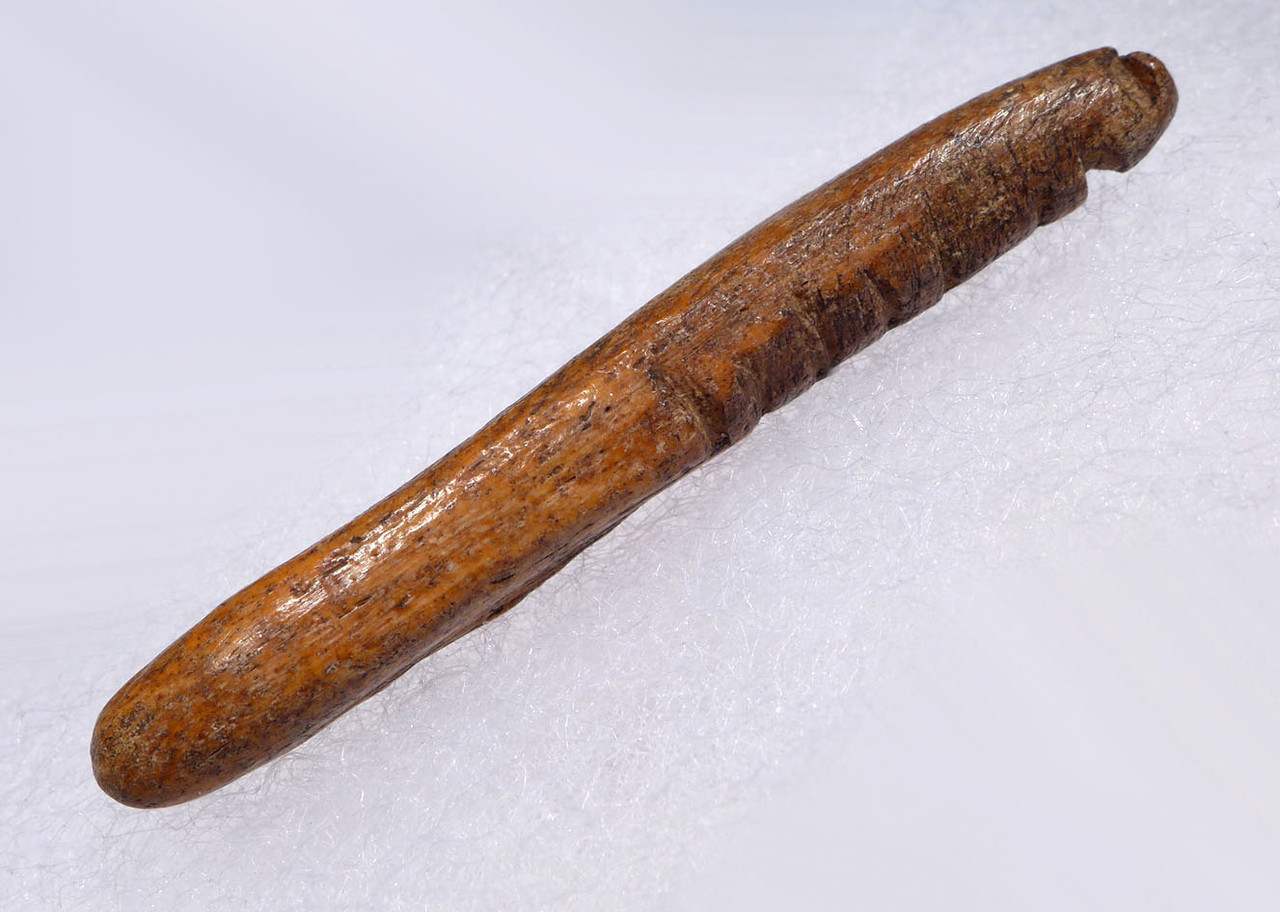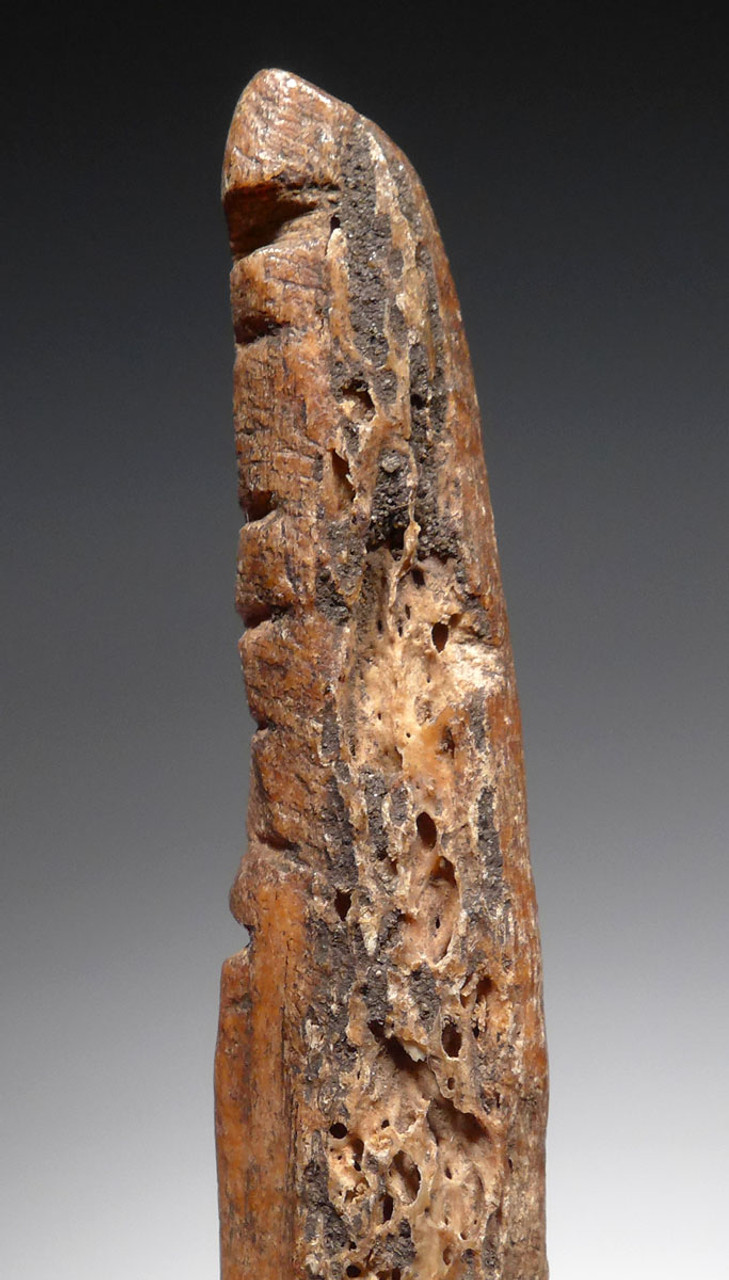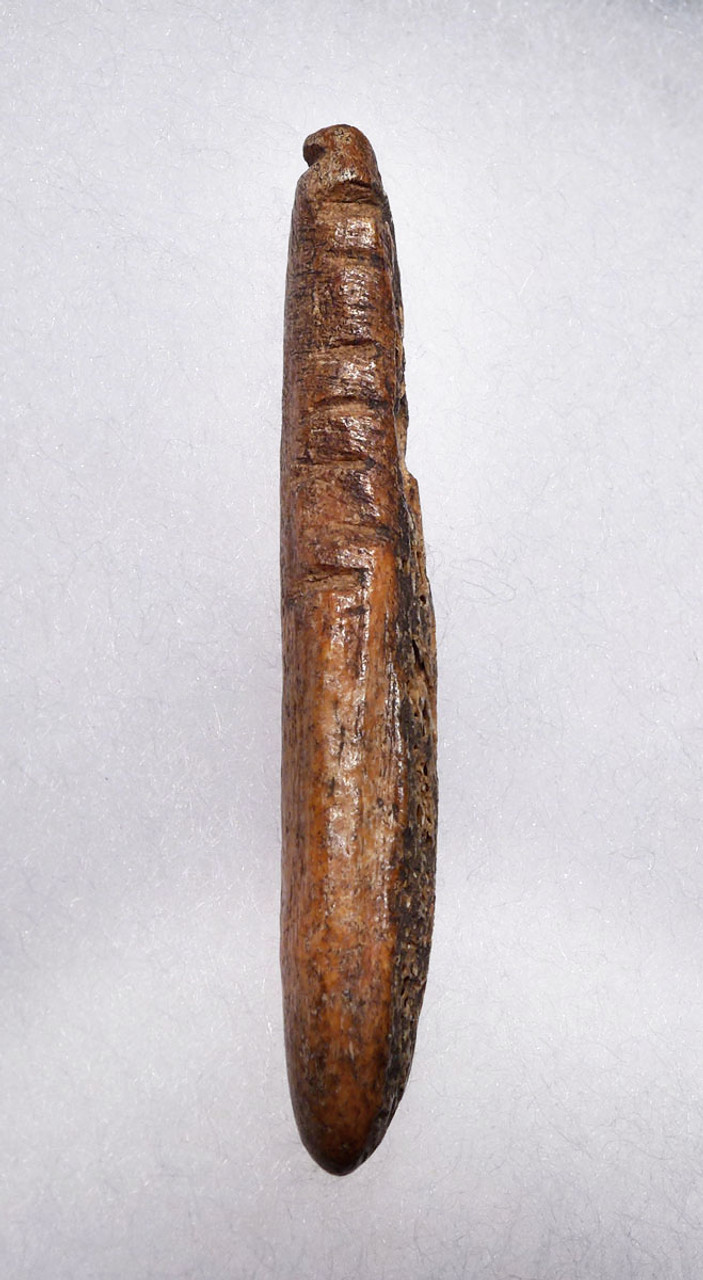Product Description
SEE MORE EUROPEAN NEOLITHIC TOOLS
An excellent reference paper on this culture can be found at this link on the FOREST HUNTERS OF THE VOLOSOVO CULTURE OF RUSSIA
It is rewarding for us when we have something extraordinarily rare to offer our clients because these are the moments when such an acquisition to a collection can make that collection go from ordinary to museum-class! This is one of those rare, once-in-a-lifetime opportunities! Years ago, we acquired a small British-owned private collection of ultra-rare Volosovo culture Russian Neolithic items that were found in the 1950's. We have been handling prehistoric and ancient items since nearly four decades and yet, we have never seen or heard of Russian Prehistoric or Neolithic specimens in any museum, not to mention private collection! Now we offering them to our clients with the strong advice that if you pass on the handful of items you will see here, it is probably safe to say you will never have such a chance to acquire such specimens from this culture ever again.
This is a rare, complete bone tool from the Volosovo (Volosovskaya) Culture, a Neolithic culture that existed in Russia starting in 4000 BC. It is not certain if this is a burnisher, a repurposed burnisher, or not a tool at all but an object of record-keeping where the cut tally marks represent an important count of items or events. It seems probable this object represents a tally system of some record. Maybe how many times the proud wearer killed a bear or killed another man in warfare? One can only wonder but this could be a rare item of accounting or record-keeping. The deep and deliberate cut marks were not put on the bone as a grip since the rough inner side of the bone would have served as an adequate grip if used simply as a tool. The Volosovo people were very active hunters of large game such as elk and bear. Perhaps this is a jewelry pendant that held an important record dearly to its original owner. One can only imagine its purpose but for certain, it is extremely rare!
Original mineral deposits are intact in micro-crevices and the bone shows no modern grinding or fresh surfaces - irrefutable evidence of authenticity and lack of any modern alterations.
A strongly recommended and important specimen that would greatly enhance ALL collections, academic or private!
HISTORY
The Volosovo (Volosovskaya) Culture is an archaeological culture that followed the Neolithic Pit-marked pottery culture (Balakhna). The archaeological assemblage identified with this culture is related to finds from the middle Volga and Kama basin. The Volosovo culture emerged sometime between the third and fourth millennium B.C. and lasted until the second millennium BC. The people of the Volosovo culture have been described as forest foragers. Like other groups with forest origin, the Volosovo lived in the forest steppes of the Volga-Ural region, particularly the area of the present-day Samara oblast. Specific sites include those in central Russia, the Middle and Lower Oka, Lower Kama, and Middle Volga. The culture also inhabited the Veletma River area adjacent to Murom, a city that is part of Vladimir Oblast. The Veletma River site was excavated from 1877 to 1928.
The stone and ceramic artifacts that are used to describe the Volosovo culture were from the semi subterranean dwellings, which are often situated in river floors and within the area of lakes. Based on excavated artifacts, the Volosovo culture first used stones and bone tools and were particularly adept at bone carving and sculpture. Small art forms emerged, that have been considered rich and diverse as demonstrated by the varied flaked flint sculptures that represented the human form.
The Volosovo culture transitioned out of the Neolithic Age and abandoned its stone and bone technologies after learning early metal working. Later in its development, an early form of agriculture emerged with evidence of domestic animals however, the culture still favored foraging, hunting, and fishing. It is suggested that there emerged an animal cult among the Volosovo population after 1500 BCE as evidenced by the use of animal teeth and bones on ornaments such as necklaces. According to this theory, bears were worshiped for their power while dogs and pigs were revered for their economic value.
 US DOLLAR
US DOLLAR
 EURO
EURO
 AUSTRALIAN DOLLAR
AUSTRALIAN DOLLAR
 CANADIAN DOLLAR
CANADIAN DOLLAR
 POUND STERLING
POUND STERLING






















